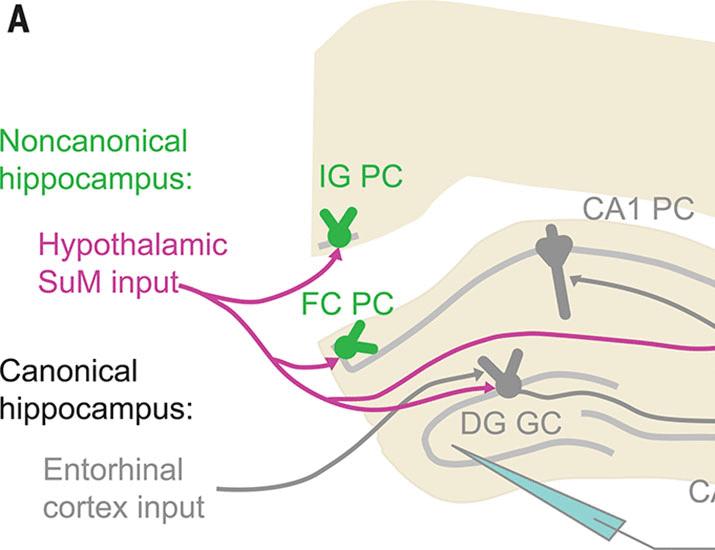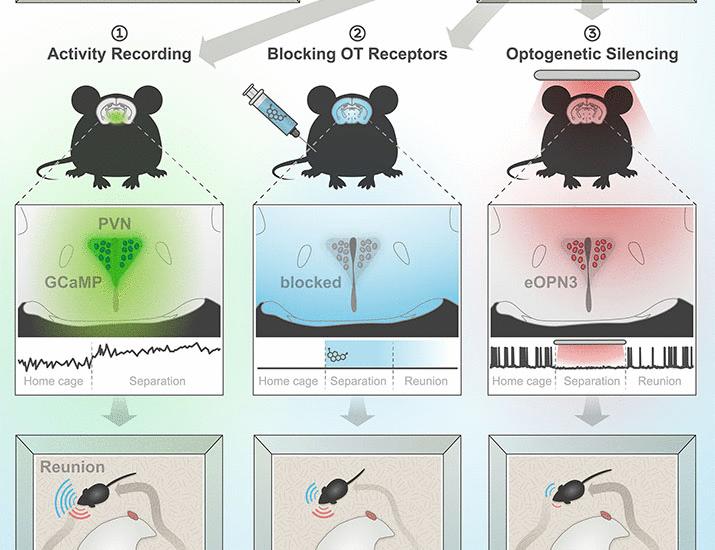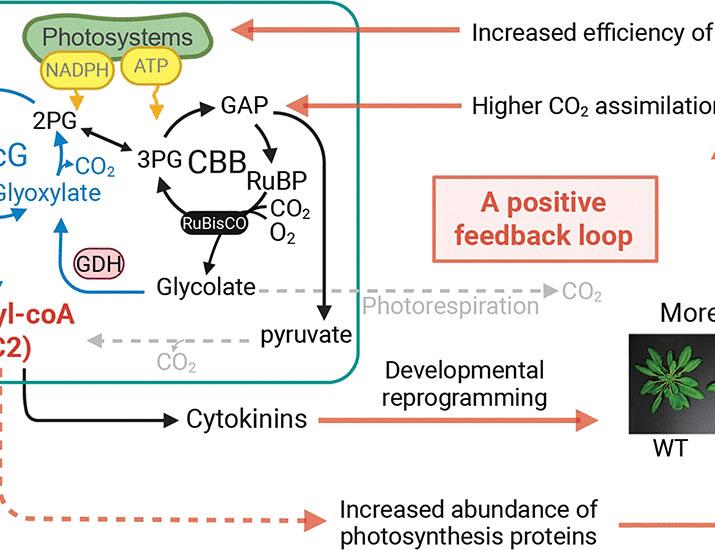Now Reading: Child Obesity Surpasses Undernutrition: What’s the Way Forward?
-
01
Child Obesity Surpasses Undernutrition: What’s the Way Forward?
Child Obesity Surpasses Undernutrition: What’s the Way Forward?

Quick summary
- Global Trend: For the first time, childhood obesity has surpassed undernutrition globally. Currently, 9.4% of children are living with obesity compared to 9.2% who are undernourished.
- Geographical Impact: Over 80% of children with obesity live in low- and middle-income countries, indicating that the issue is no longer confined to high-income nations.
- Contributing Factors: The spread of ultra-processed foods is identified as a key driver of rising childhood obesity rates. These products often contain high levels of fats, sugars, and salts.
- Policy Interventions: governments have implemented soda taxes, food labeling regulations, and marketing restrictions on unhealthy foods (e.g., Mexico’s sugar tax in 2014 or Chile’s front-of-package warning labels in 2016). However, their effectiveness remains mixed:
– In Mexico and the UK: Obesity reduction was minimal despite reduced unhealthy food sales.
– In Chile: Some initial declines were observed but reversed over time among certain age groups.
- UNICEF Recommendations: A holistic strategy involving subsidized nutritious food programs (e.g., school lunches), poverty alleviation measures, nutrition education initiatives, and extensive policies tackling malnutrition both ways (undernutrition and overnutrition).
Additional Considerations: Experts note other drivers possibly contributing to childhood obesity include stress levels, pollution exposure, genetic factors.
Indian Opinion Analysis
The prevalence of childhood obesity exceeding undernutrition highlights a concerning global health transition that extends into India-a country traditionally focused on addressing hunger rather than weight-related issues among youth. With ultra-processed foods increasingly common due to urbanization and changing lifestyles within India’s population mix across income levels-a trend mirrored worldwide-it underscores the urgency for policymakers to adopt multidimensional approaches.India can draw lessons from international examples like Mexico or Chile but must innovate further given these partial successes in mitigating childhood obesity. The scarcity of documented effective models indicates this as an open challenge requiring culturally sensitive interventions such as scaling access to affordable nutritious meals alongside targeted awareness campaigns about dietary habits for families at risk across socioeconomic strata.
Ultimately-considering UNICEF’s analysis-addressing poverty-rooted malnutrition in all forms should remain foundational for India. Combating child-centered dual vulnerabilities could be pivotal not only for reversing adverse health data trajectories but ensuring economic productivity tied ahead next generational demographics burgeoning around ‘future-fit.’



























